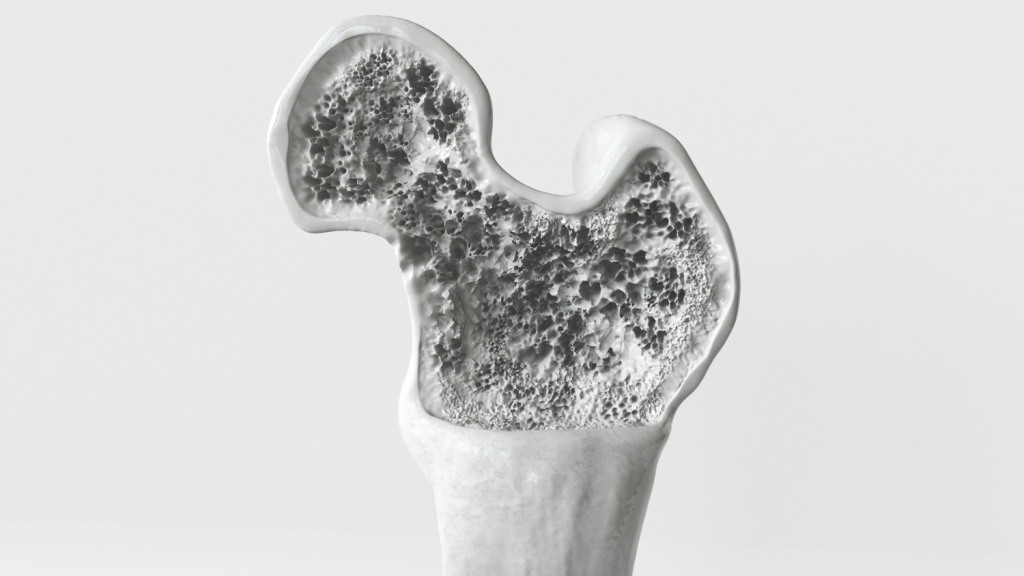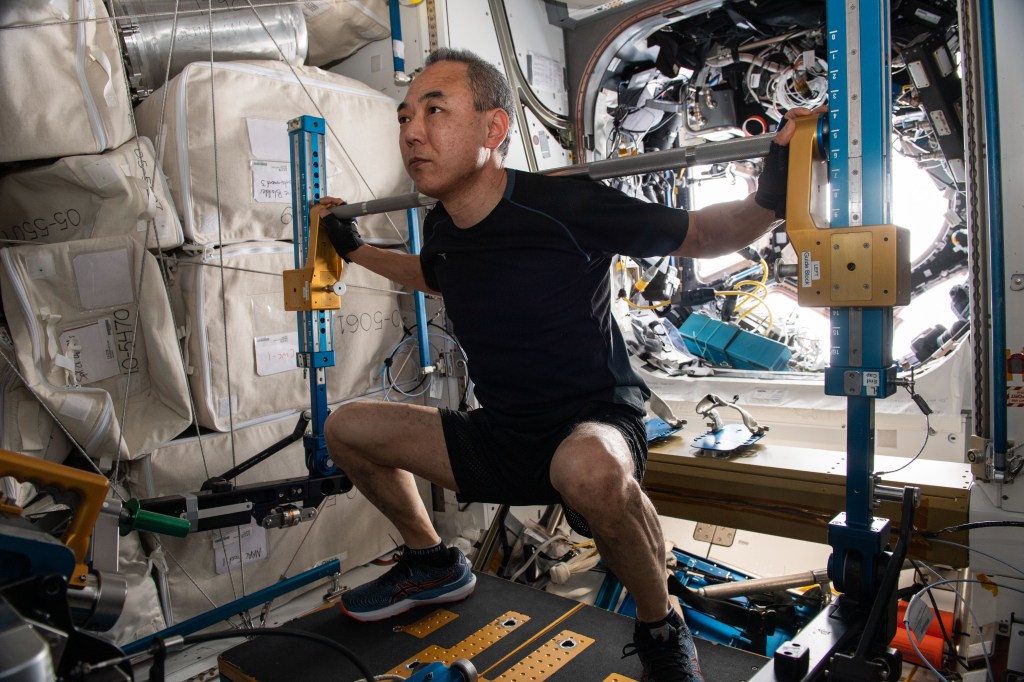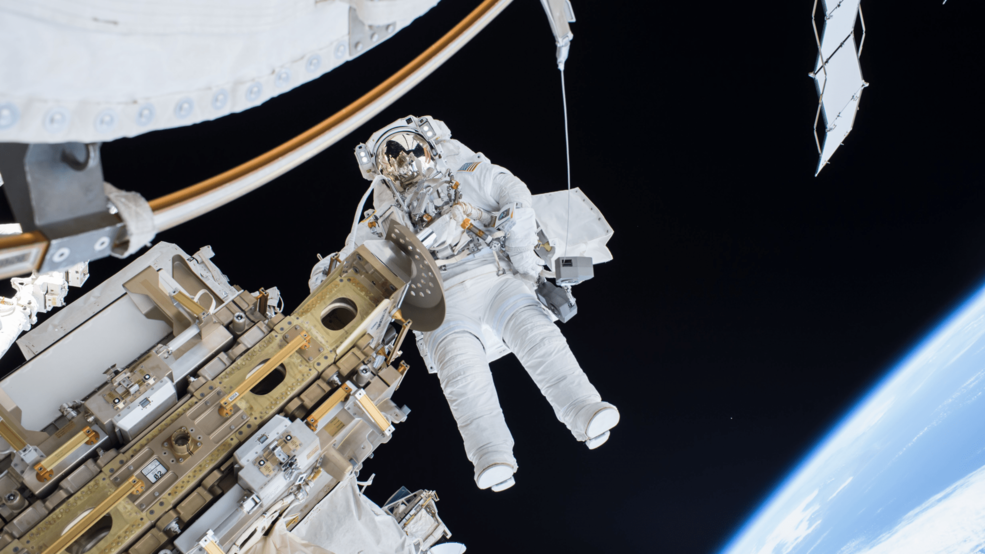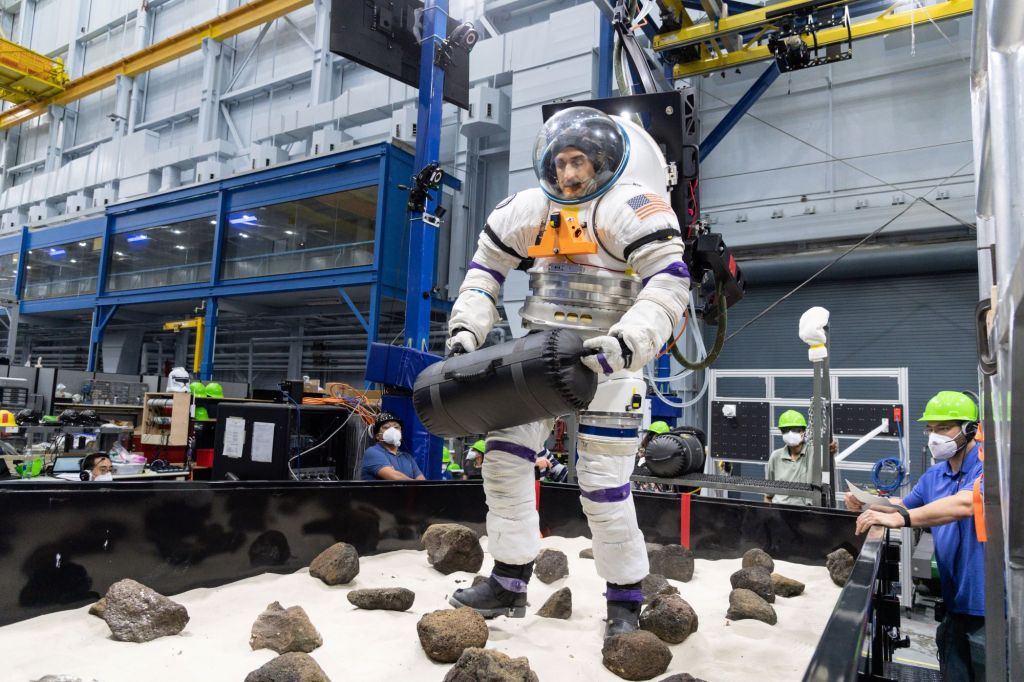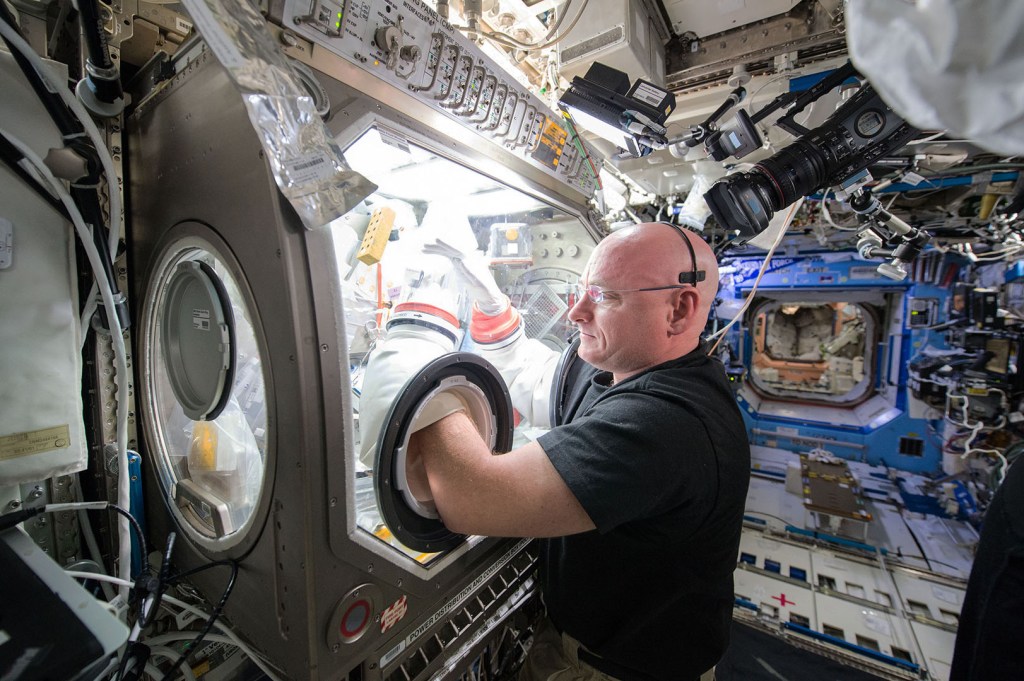CIPHER

Description
This suite of 14 studies is designed to provide a better understanding of how humans are affected by spaceflight ahead of increasingly longer-duration missions to deep space. It investigates how different body systems adapt to spaceflight, including the eyes, bone, heart, and brain. Regular data collection from participating crew includes: eye and vision exams, cognitive and spatial reasoning tests, cardiovascular imaging, exercise and sensorimotor tests, MRIs, and other assessments. This information is gathered before, during, and after missions for comparative analyses.
Impact
With new insights into everything from astronauts’ balance to their organ health, NASA aims to assess the whole human response to time spent in space. This will help NASA more comprehensively understand how to keep astronauts safe, healthy, and productive during missions to the Moon, Mars, and beyond.
Type of study: Flight
Formal project title: Complement of Integrated Protocols for Human Exploration Research
Breakdown: 14 studies, each detailed below.
- Bone Health: Participating astronauts on missions lasting up to a year will provide blood and urine samples that scientists will analyze for calcium levels and biomarkers of joint health. Calcium can be a marker of bone loss, since calcium from bones may be released into other bodily systems when breaking down. The study will allow researchers to project how a multi-year mission to Mars could alter astronauts’ bones and joint health.
Formal project title: Evaluating Resistive Exercise as a Long-term Countermeasure for Spaceflight-induced Bone Loss Using Calcium Isotopes (Bone Health)
- Bone Support: Participating astronauts will have high-resolution 3D images taken of their leg and arm bones before and after their mission. The study will reveal any microscopic tissue changes inside the bones that could contribute to bone weakening in the space environment.
Formal project title: The Effect of Long-Duration Spaceflight on Bone Microarchitecture and Strength Using Three-Dimensional, High-Resolution Imaging (TBone2)
- Coronary Responses: Participating astronauts will undergo advanced imaging tests, including MRI, CT, and ultrasound scans with and without contrast agents, to help researchers track how the heart and arteries respond to spaceflight missions lasting up to a year. The study will enable scientists to determine whether spaceflight accelerates the progression of atherosclerosis (a disease in which the arteries narrow and stiffen) and also if it increases the risk of atrial fibrillation (a common arrhythmia affecting middle-aged adults). It will contribute to identifying potential biomarkers and early warning indicators of cardiovascular disease.
Formal project title: Coronary Anatomy and Physiology During 1 Year in Space (Coronary Responses)
- Data Integration: Scientists will integrate data from the CIPHER studies to characterize the physiological and behavioral responses of crew members to spaceflight across varying mission durations and across body systems. The investigation will help NASA scientists prepare astronauts for deep space missions to the Moon, Mars, and elsewhere.
Formal project title: Scientific Data Integration of CIPHER Studies
- Egress Fitness: After returning from a spaceflight mission lasting up to a year, astronauts will complete tasks including emerging from a mock landing capsule and finishing a simulated spacewalk on a planetary surface while wearing a spacesuit. The study will gauge what tasks astronauts can perform after landing on a planetary surface and inform safeguards that help crew members carry them out.
Formal project title: Validation of Fitness for Duty Standards Using Pre- and Post-Flight Capsule Egress and Suited Functional Performance Tasks in Simulated Reduced Gravity (Egress Fitness)
- Heart Health: Participating astronauts will provide blood and urine samples, undergo ultrasound scans, and use high-resolution scans of bones and arteries to determine if calcium lost from bones is incorporated into arteries, contributing to increased stiffness. The study will enable scientists to evaluate potential risk for vascular disease that can impact cardiac and cerebrovascular health during astronauts’ future long-duration exploration missions.
Formal project title: Manifestations of Spaceflight-Induced, Sub-Clinical Cardiovascular Disease as a Long-Term Health Risk (Vascular Calcium)
- Investigating Structure and Function of the Eye (ISAFE): Participating astronauts will take vision tests to help researchers evaluate how long-term spaceflight alters the structure and function of the eyes. In addition, scientists will assess venous blood flow and brain structural changes to understand how these may be related to the vision changes. The study will help scientists better understand if the vision changes experienced by some astronauts worsens with mission duration.
Formal project title: Investigating Structure and Function of the Eye (ISAFE)
- Musculoskeletal Adaptations: Participating astronauts will undergo 3D computed tomography (CT) scans, muscle assessments, and questionnaires to learn more about how spaceflight affects bone and muscle strength. The study will help clarify whether the rate of bone and muscle loss in astronauts stays constant or accelerates after six months in space. The study will allow researchers to project how a multi-year mission to Mars might alter astronauts’ bones.
Formal project title: Time Course of Spaceflight-Induced Adaptations in Bone Morphology, Bone Strength, and Muscle Quality (Musculoskeletal Adaptations)
- Routine Ultrasound Assessment: Participating astronauts will perform ultrasound scans on select body parts, focusing on organs and vessels most likely to be affected during long-term spaceflights, including the neck, legs, and spine, to detect changes induced by spaceflight. New ultrasound modalities (radiofrequency and 3D imaging) will be used for tissue characterization and morphology assessment. The study will help identify how the stresses of spaceflight affect various organs and inform medical exams focused on protecting them.
Formal project title: Preventive Medical Ultrasound Investigation of Organs Potentially Affected by Prolongated Exposure to Microgravity (Routine Ultrasound Assessment)
- Spaceflight Standard Measures: Participating astronauts will contribute to a core set of measurements that serve as a basis for how the human body and mind normally adapt to spaceflight. Crew members will provide biological samples, perform functional testing, and complete other medical procedures to supply data for the measurements.
Formal project title: Spaceflight Standard Measures
- Space Physiology: Scientists will assess how spaceflight affects astronauts’ fitness, including muscular strength and cardiorespiratory performance, following spaceflight missions lasting up to a year. In parallel, researchers will examine inflight exercise, diet, and sleep patterns to help advance strategies and technologies aimed at keeping astronauts fit and healthy on deep space missions.
Formal project title: Temporal Changes in Astronauts’ Muscle and Cardiorespiratory Physiology Pre, In, and Post Spaceflight (Space Physiology)
- Spatial Cognition: Scientists will examine the relationship between the length of spaceflight missions and changes in general in spatial cognition, sleep, immunity, and stress, as well as operational performance. Participating astronauts will undergo MRI scans, provide blood samples to identify molecular markers of brain and immune function change, complete brain function tests, and interact with an in-flight robotic training system to help researchers evaluate potential onset of any subtle brain changes that could affect cognition and performance.
Formal project title: Temporal Nature of Cognitive and Visuospatial Brain Domain Changes During Long-Duration, Low-Earth Orbit Missions (Spatial Cognition)
- Telomere Health: Researchers will assess the length of telomeres (protective “caps” at the ends of chromosomes), telomerase activity, and DNA damage responses associated with spaceflight by comparing blood samples obtained from participating crew members before, during, and after their missions. The study will establish changes in these informative biomarkers of genome stability, evaluate potential risk, and provide insights into human health and aging that can impact future long-duration missions.
Formal project title: Telomeres and the One-Year Mission Project (Telomeres 2)
- Vestibular Health: Participating astronauts will perform head, eye, and whole body movement tests that assess how long-term exposure to microgravity affects the organs involved with orientation and balance. Changes to these organs can impact how quickly astronauts adapt to gravitational transitions after launches and landings.
Formal project title: Neuro-Vestibular Examination During and Following Spaceflight (Vestibular Health)


























